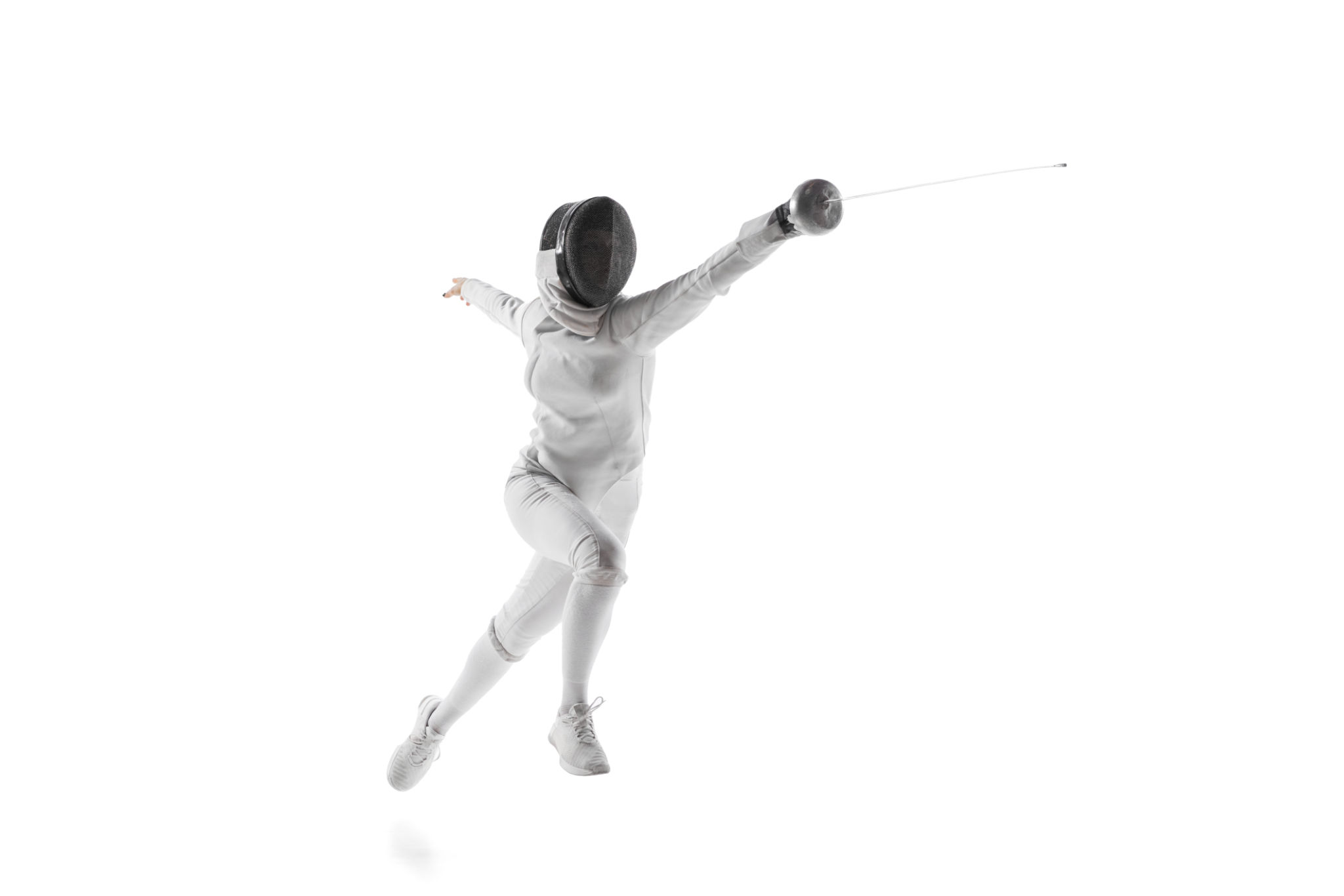How MBTI Personality Types Influence Fencing Team Building
Understanding MBTI Personality Types
The Myers-Briggs Type Indicator (MBTI) is a popular personality assessment tool that categorizes individuals into 16 distinct personality types. These types are defined by preferences in four dichotomies: Introversion/Extraversion, Sensing/Intuition, Thinking/Feeling, and Judging/Perceiving. Understanding these preferences can be highly beneficial in team-building activities, such as forming a fencing team.
In fencing, as in many sports, team dynamics play a crucial role in achieving success. Each MBTI type brings unique strengths and challenges, and recognizing these can help in assembling a well-rounded team. Whether it's strategic planning, communication, or execution, each personality type has something valuable to contribute.

The Role of Introverts and Extraverts
Introverts and extraverts contribute differently to a fencing team. Extraverts (E) often thrive in team environments, bringing energy and enthusiasm to group activities. They are typically more vocal and enjoy collaborative efforts, which can boost team morale.
On the other hand, introverts (I) are more reflective and may excel in analytical tasks. They often bring a thoughtful approach to strategy, preferring to focus on individual skills and techniques. Balancing these two personality types can lead to a harmonious team dynamic, where energy and introspection complement each other.

Sensors vs. Intuitives: Strategy and Innovation
Sensors (S) focus on present realities and practical details, making them excellent at executing tactical components of fencing matches. They are usually grounded and reliable, providing stability to the team.
Intuitives (N), however, are visionary thinkers who look at the bigger picture. They are innovative and open to new strategies, often coming up with unconventional approaches that can give the team a competitive edge. Combining sensors' attention to detail with intuitives' strategic foresight can enhance the team's overall performance.
Thinkers and Feelers: Decision-Making Dynamics
The decision-making process is another area where MBTI types influence team dynamics. Thinkers (T) are logical and objective, prioritizing efficiency and effectiveness in decisions. They are valuable in analyzing opponents and crafting strategies based on facts.
Feelers (F) bring empathy and harmony to the team. They are adept at understanding teammates' emotions and ensuring everyone feels valued and motivated. This emotional intelligence is crucial for maintaining a cohesive and supportive team environment.

Judgers vs. Perceivers: Flexibility and Structure
Judgers (J) prefer structure and organization, often taking charge of planning schedules and setting goals. Their ability to create order out of chaos can be vital during competitions where time management is key.
Perceivers (P), conversely, are flexible and adaptable. They are comfortable with last-minute changes and can think on their feet during unpredictable match situations. This adaptability ensures the team remains resilient under pressure.
Building a Balanced Fencing Team
When building a fencing team, it's important to consider how these personality traits interact. A balanced team will have a mix of introverts and extraverts, sensors and intuitives, thinkers and feelers, as well as judgers and perceivers. This diversity allows the team to tackle challenges from multiple angles.
Coaches can use MBTI assessments not only for understanding individual strengths but also for fostering better communication and collaboration among team members. By appreciating each member's unique contributions, a fencing team can enhance its cohesion and performance.

Conclusion: The Impact of Personality Awareness
Incorporating MBTI personality insights into fencing team building can significantly influence the team's success. By recognizing each member's strengths and potential challenges, coaches can create an environment where every personality type thrives. This awareness is not only beneficial for the team's performance but also for individual growth and satisfaction within the sport.